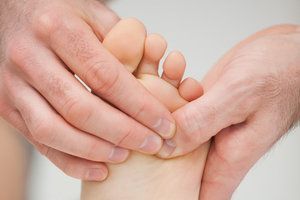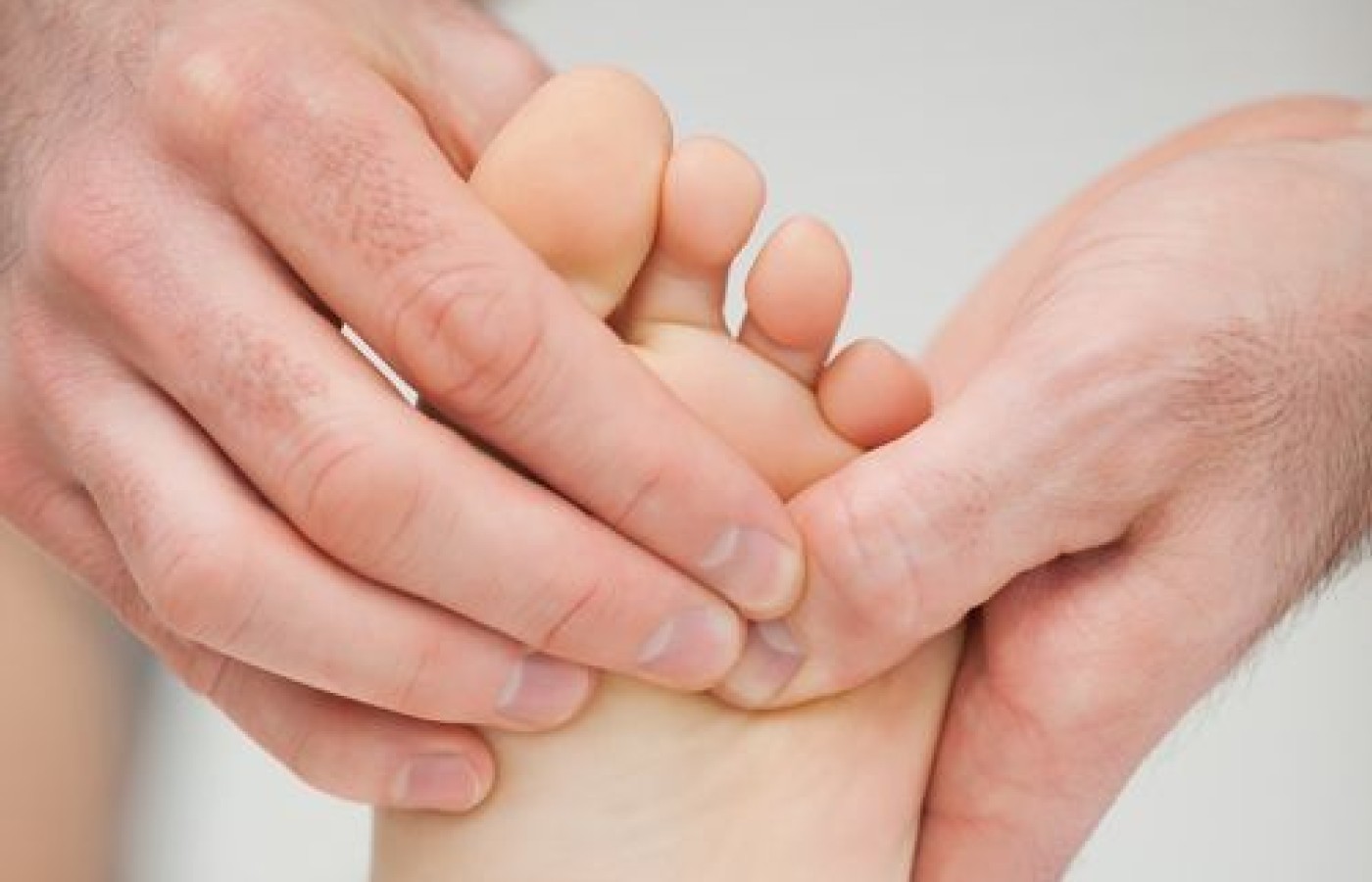New York's highest court of appeals has held that no-fault insurers cannot deny no-fault benefits where they unilaterally determine that a provider has committed misconduct based upon alleged fraudulent conduct. The Court held that this authority belongs solely to state regulators, specifically New York's Board of Regents, which oversees professional licensing and discipline. This follows a similar recent ruling in Florida reported in this publication.
Case Study: Forefoot Pain
Editor's Note: The following is the third of three case studies by Dr. Wong on conservative management of lower-extremity complaints. Article #1 (September 2018 issue) discussed chiropractic management of patellofemoral arthralgia; article #2 (November 2018) explored osteoporosis and the role of orthotic support.
History & Subjective Complaints
Patient presents with a history of forefoot pain. Discomfort has become worse in the past six months. He has difficulty completing his four-hour shifts as a part-time hairdresser. The patient has become accustomed to taking an analgesic in the middle of his shift to combat pain (this dulls it somewhat, but makes him feel "foggy"). He is concerned about dependency.
Objective Findings & Vitals
The patient is an African-American male, 37 years old. Height: 6'2". Weight:190 pounds.
Objective Orthopedic and Neurological Findings
A marked reduction in height of the longitudinal arch is noted; severe forefoot pronation. A hallux valgus is in the early stage of development. Forefoot discomfort worsens with prolonged weight-bearing. Examination of footwear shows excessive wear patterns consistent with excessive pronation and forefoot loading. Slight posterior lower-body muscle tightness including tightness of calf muscles, limited ankle dorsiflexion and ankle joint laxity. Neurological exam reveals normal responses to dermatomes, myotomes and deep tendon reflexes.
Radiology

No abnormalities detected.
Working Diagnosis
Metatarsalgia caused by overpronation.
Treatment Plan / Recommendations
- Adjustments to the lower extremities
- Scanning and prescription of custom orthotics to correct for overpronation, and better support the pedal foundation and body
- More supportive footwear recommended in addition to custom orthotics, as well as a shock-absorbing mat for the patient's workspace
- Rehabilitative exercises including at-home rehab program for remodeling and strengthening afflicted areas
Discussion and Response to Care
“Metatarsalgia" – literally “pain in the metatarsal area" – is most useful when thought of as a description, rather than a diagnosis. A thorough assessment must be undertaken in order to address all causative factors. Vascular, metabolic, rheumatic, and even neurologic and psychogenic diseases must be ruled out in initial assessment before recommending treatment.
In this patient's case, custom orthotics paired with at-home exercises, stretches and the use of better footwear resulted in a significant decrease in pain. After two weeks, the patient was able to complete his shifts without pain medication.



